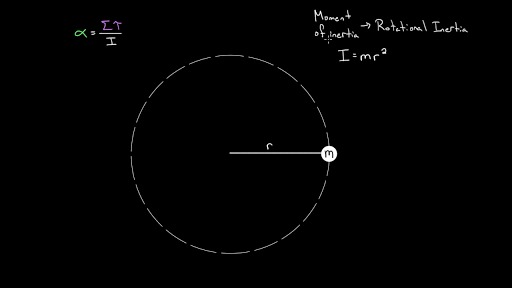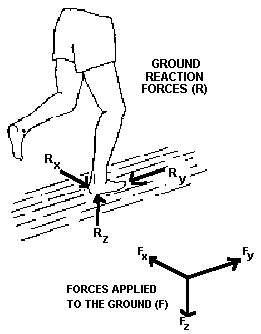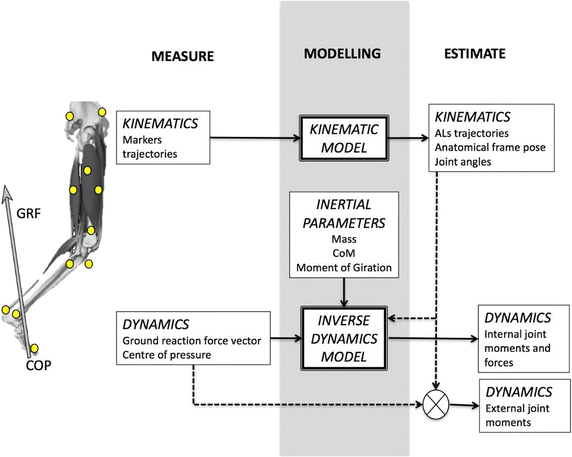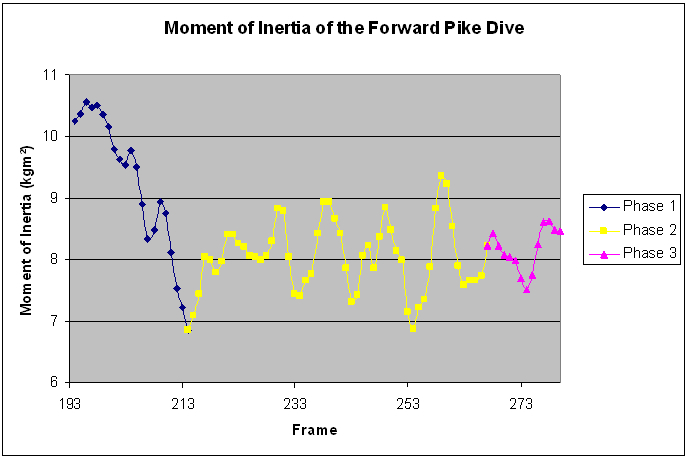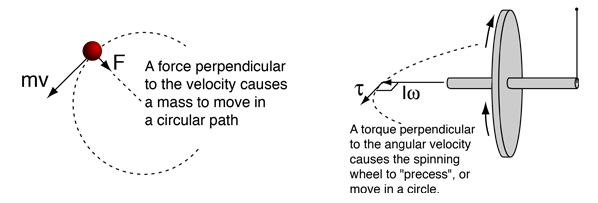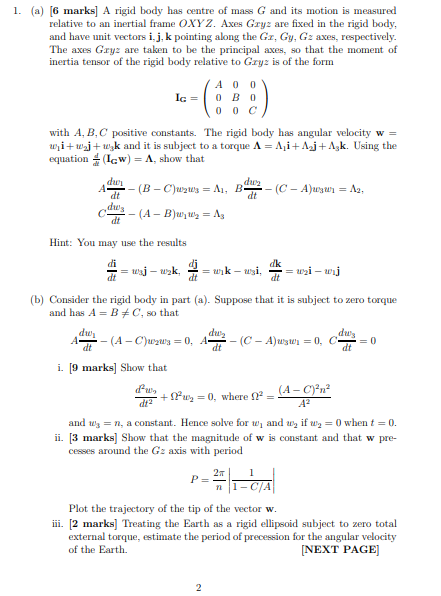However its more appropriate to say that inertia its a measure of how strong the effect is. Basically inertia is the tendency of a body to resist changes there is a linear relation between inertia and massthe greater the mass of object the greater will be its.
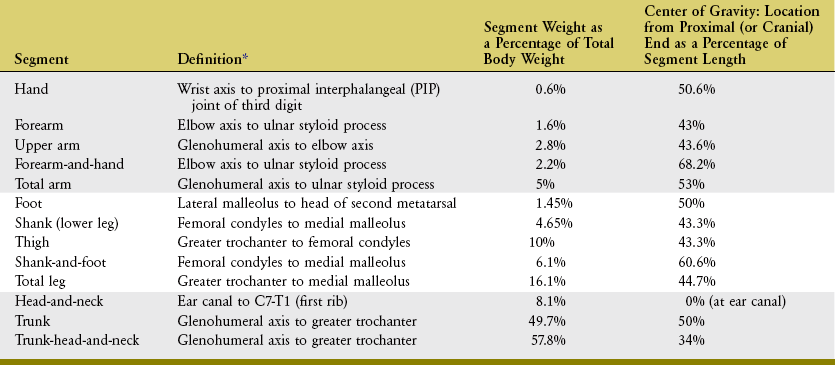
Biomechanical Principles Clinical Gate
The magnitude of inertia of a body measurement. The torque applied to one wheel is 00020 nm. The torque can be found using the torque formula and the moment of inertia of a solid disc. Inertia is the property of a body by virtue of which it opposes any agency that attempts to put it in motion or if it is moving to change the magnitude or direction of its velocity. The magnitude of its angular acceleration is. Inertia property of a body by virtue of which it opposes any agency that attempts to put it in motion or if it is moving to change the magnitude or direction of its velocityinertia is a passive property and does not enable a body to do anything except oppose such active agents as forces and torques. The moment of inertia of any body having a shape that.
To be more precise the situation is actually a bit more involved in principle. The unit of moment of inertia is a composite unit of measure. A moving body keeps moving not because of its inertia but only because of the absence of a. 2 the moment of inertia of a thin rod spinning on an axis through its center is where m is the mass and l is. Customary system m is in slugs 1 slug 322 pounds and r in feet with i expressed in terms of slug foot square. In the international system si m is expressed in kilograms and r in metres with i moment of inertia having the dimension kilogram metre square.
τ 00020 nm. Inertia is a passive property and does not enable a body to do anything except oppose such active agents as forces and torques. When a body is free to rotate around an axis torque must be applied to change its angular momentumthe amount of torque needed to cause any given angular acceleration the rate of change in angular velocity is proportional to the moment of inertia of the bodymoment of inertia may be expressed in units of kilogram metre squared kgm 2 in si units and pound foot second. To be very precise we cannot measure inertia directly it is just a concept. If the moment of inertia of a rigid body about an axis through its center of mass is given by icm then the moment of inertia around an axis parallel to the original axis and separated from it by a distance d is given by iimathrmcmm d2 labelresult where m is the objects mass. You have to measure indipendently the force applied and the resultant acceleration and verify that they behave like collinear vectors hence their moduli are proportional by a constant that now you can name inertial mass.
The mass moment of inertia of a rod of mass m and length l about a transverse axis located at its end is. Mass moment of inertia is a measure of the resistance of a body to. A translational motion b deformation c. The moment of inertia is the quantitative measure of rotational inertia just as in translational motion and mass is the quantitative measure of linear inertiathat is the more massive an object is the more inertia it has and the greater is its resistance to change in linear velocity.

